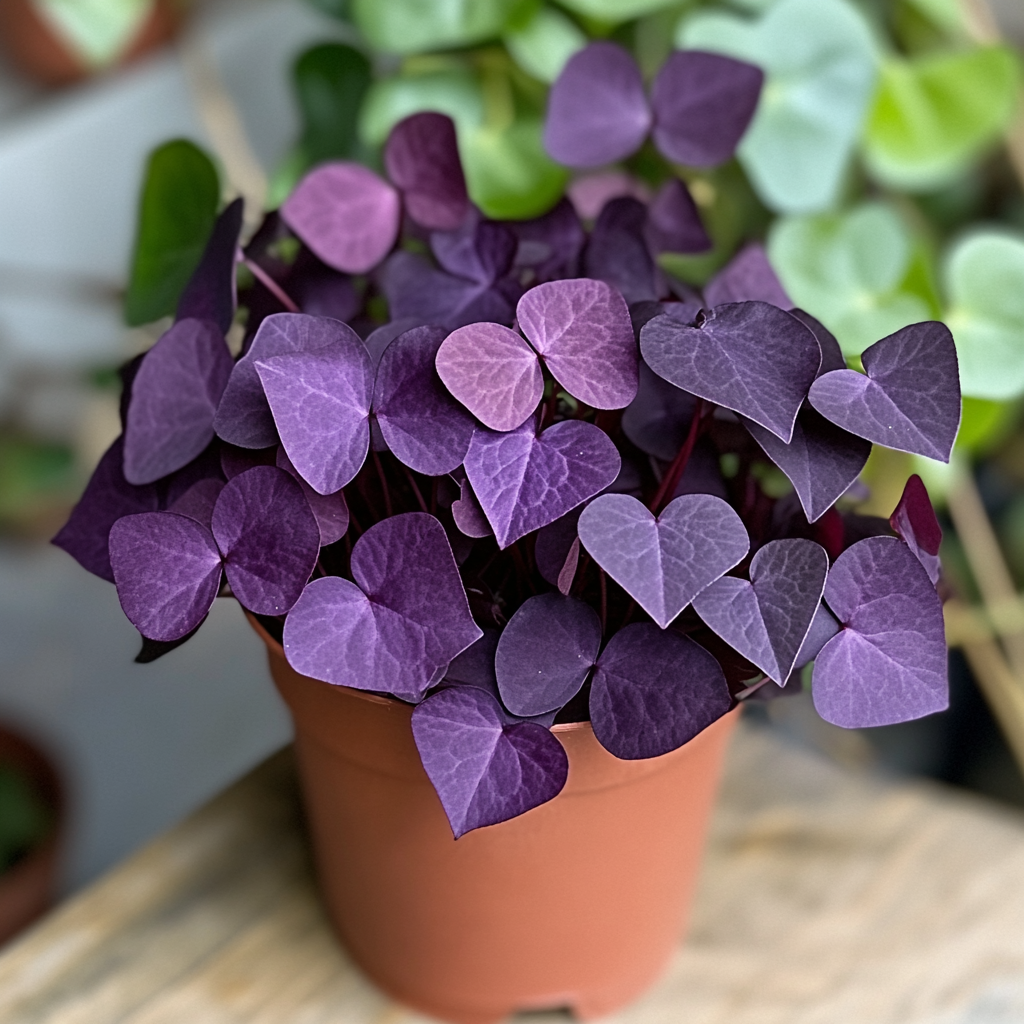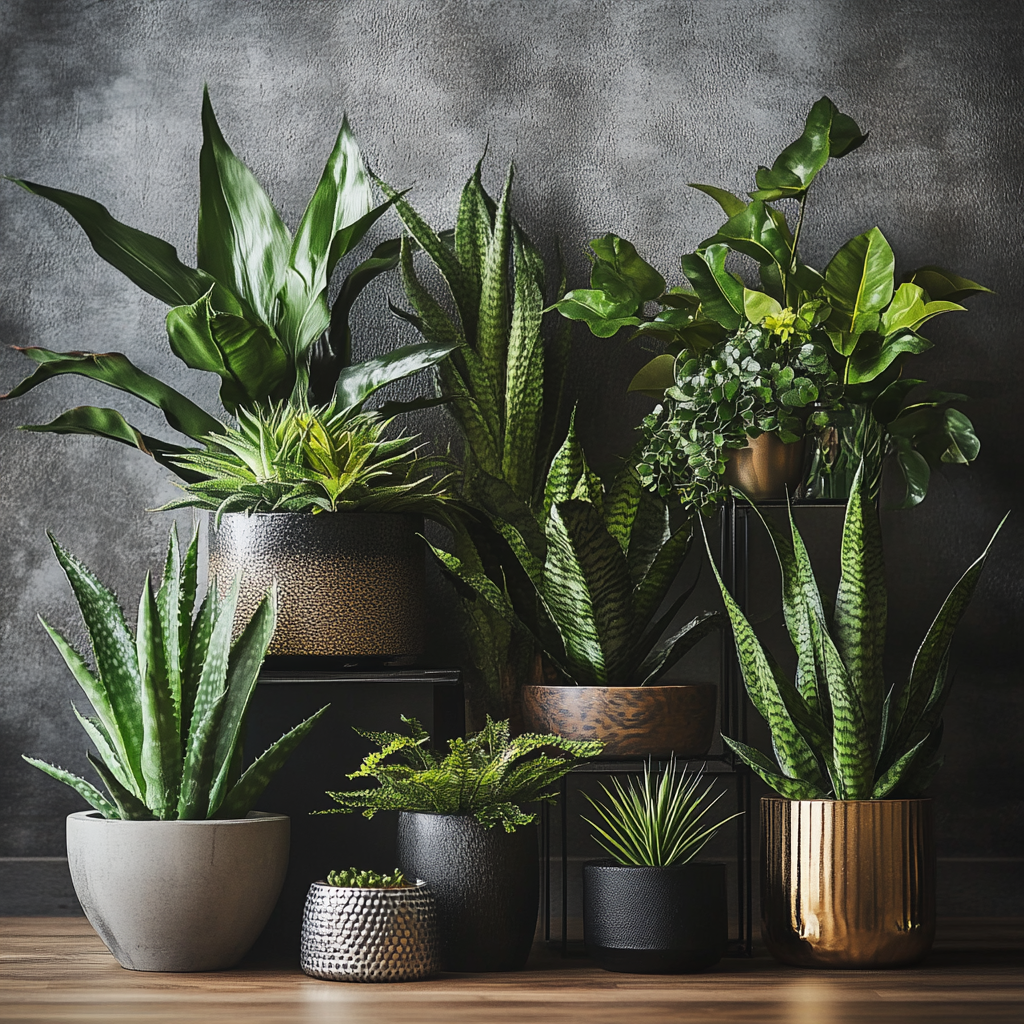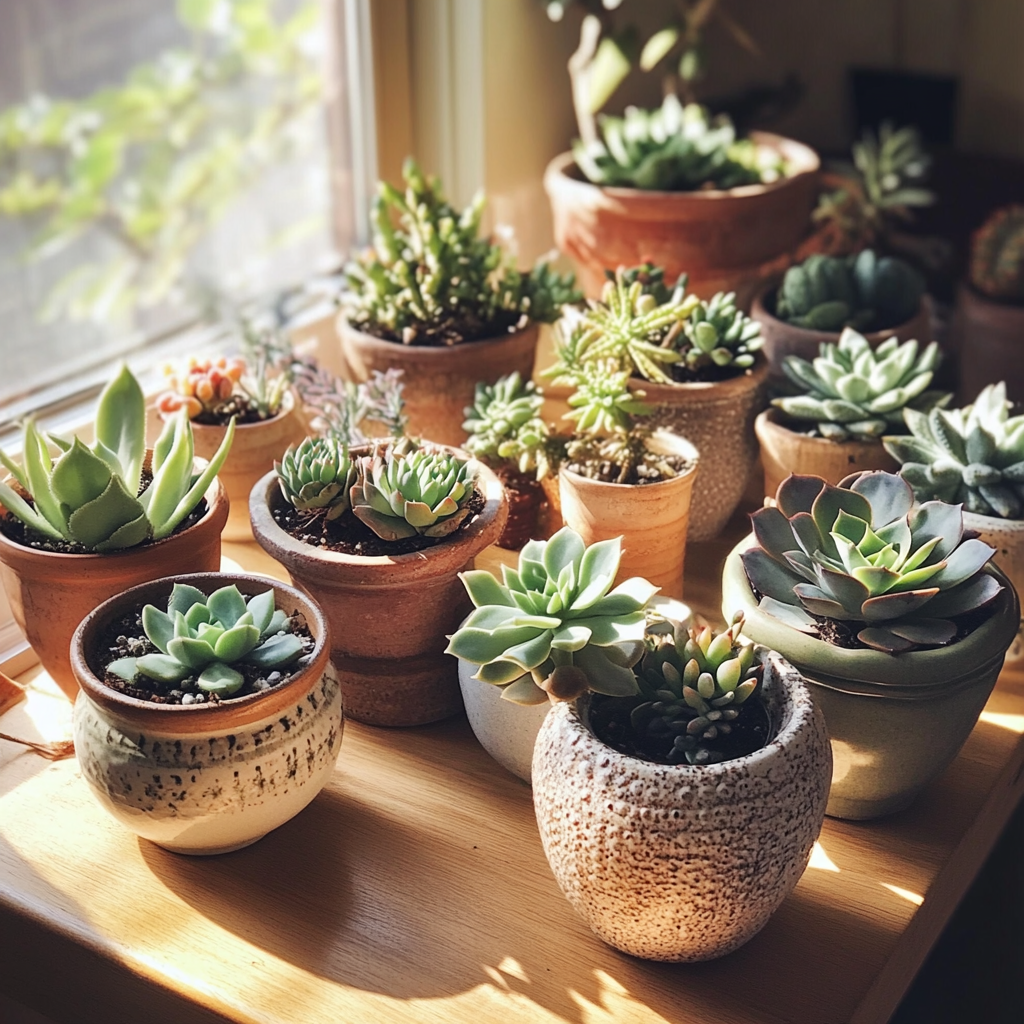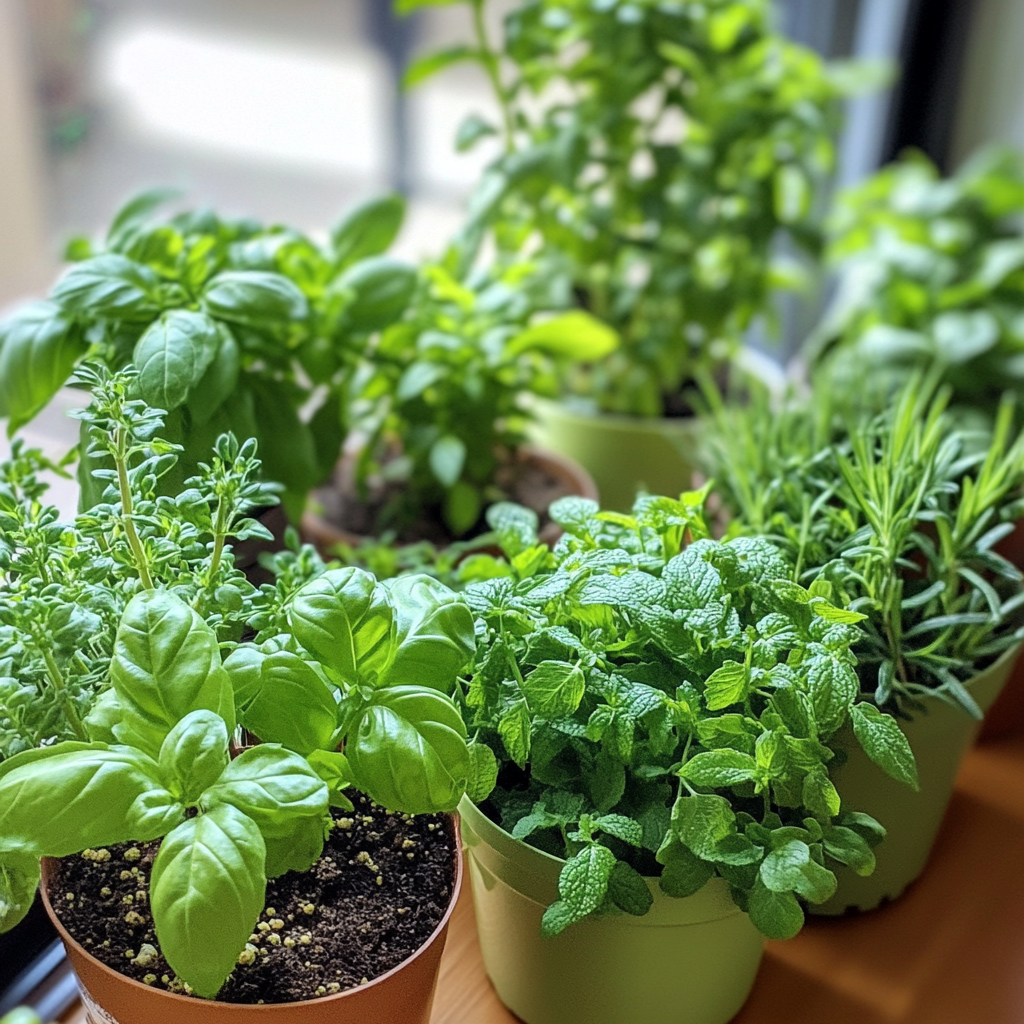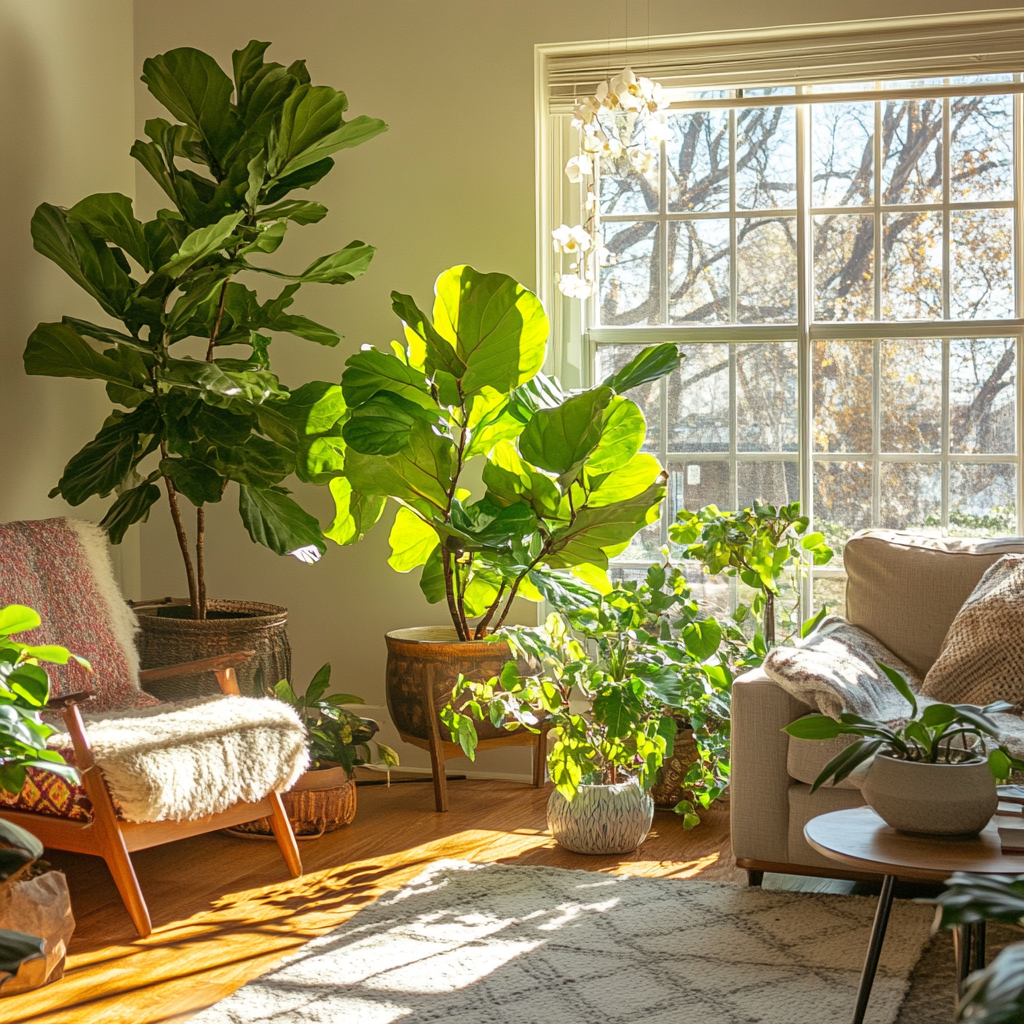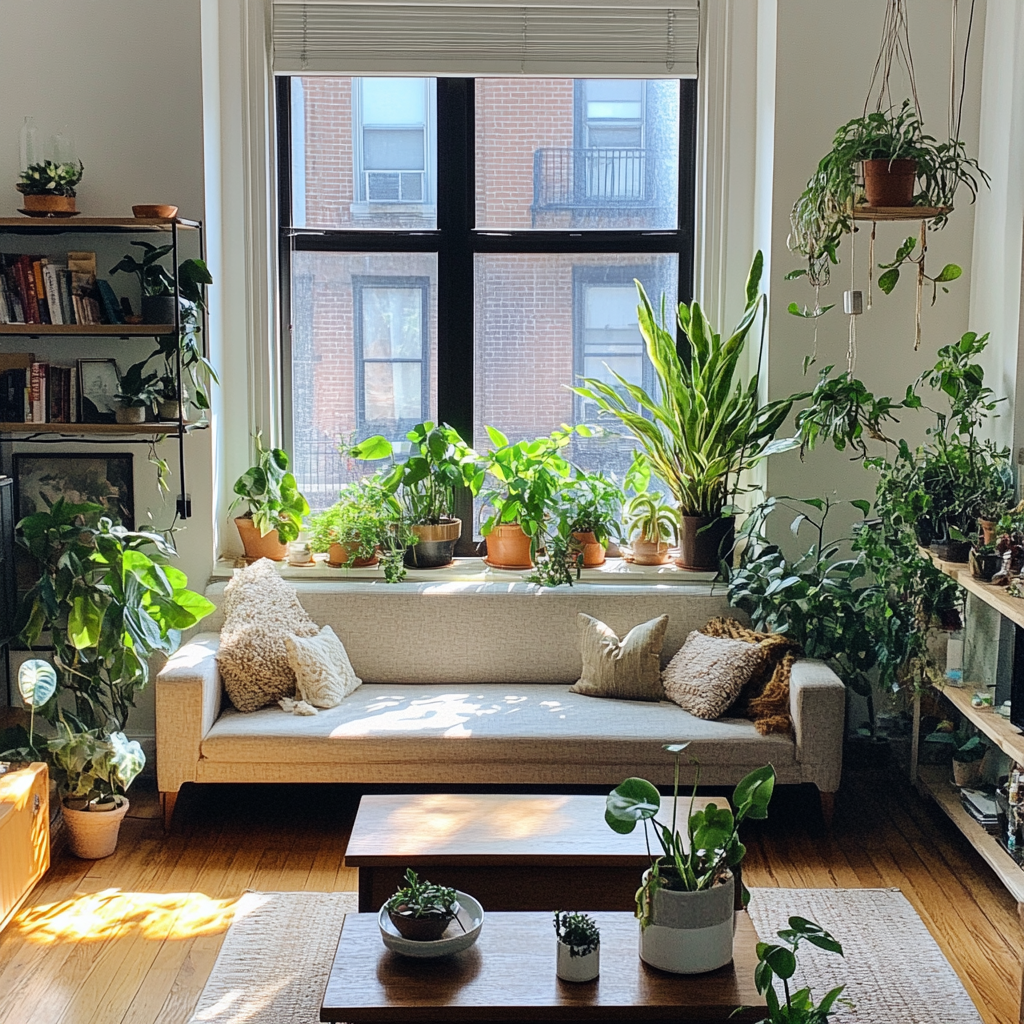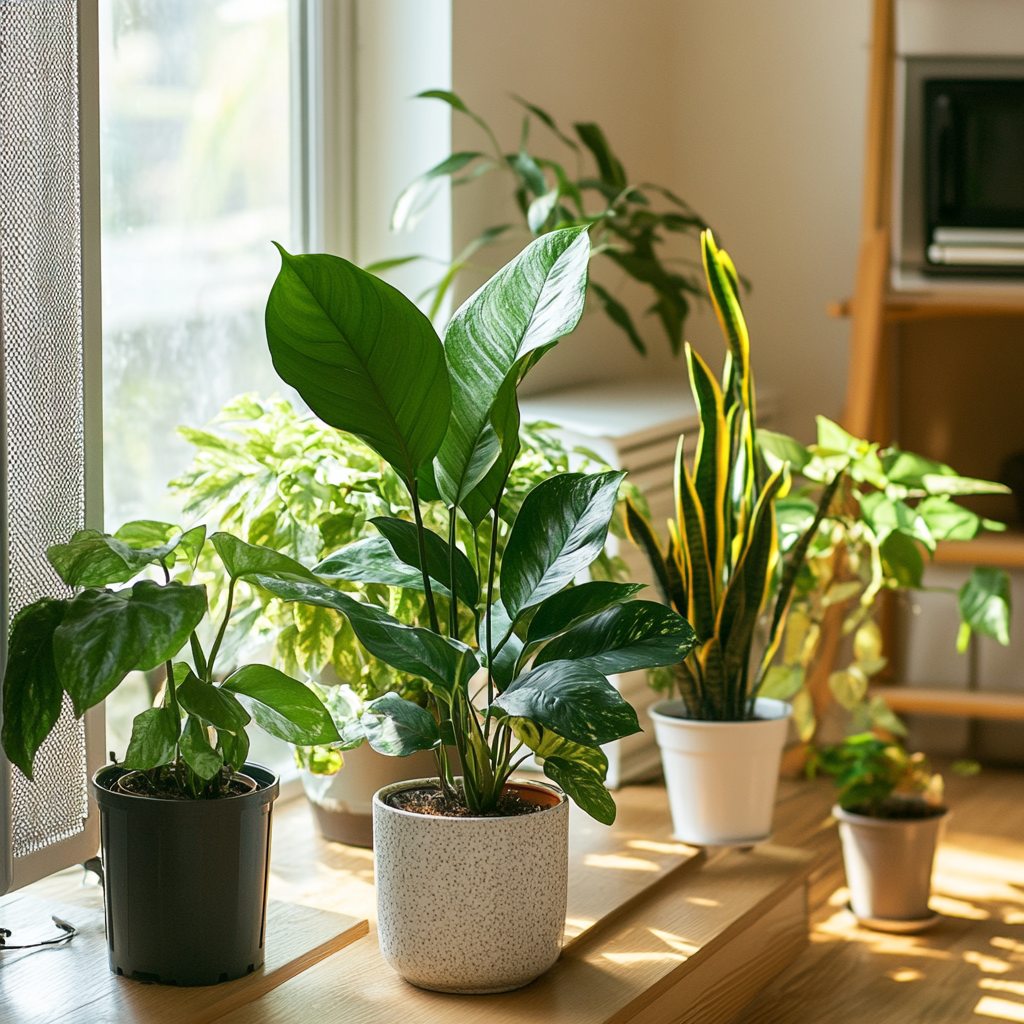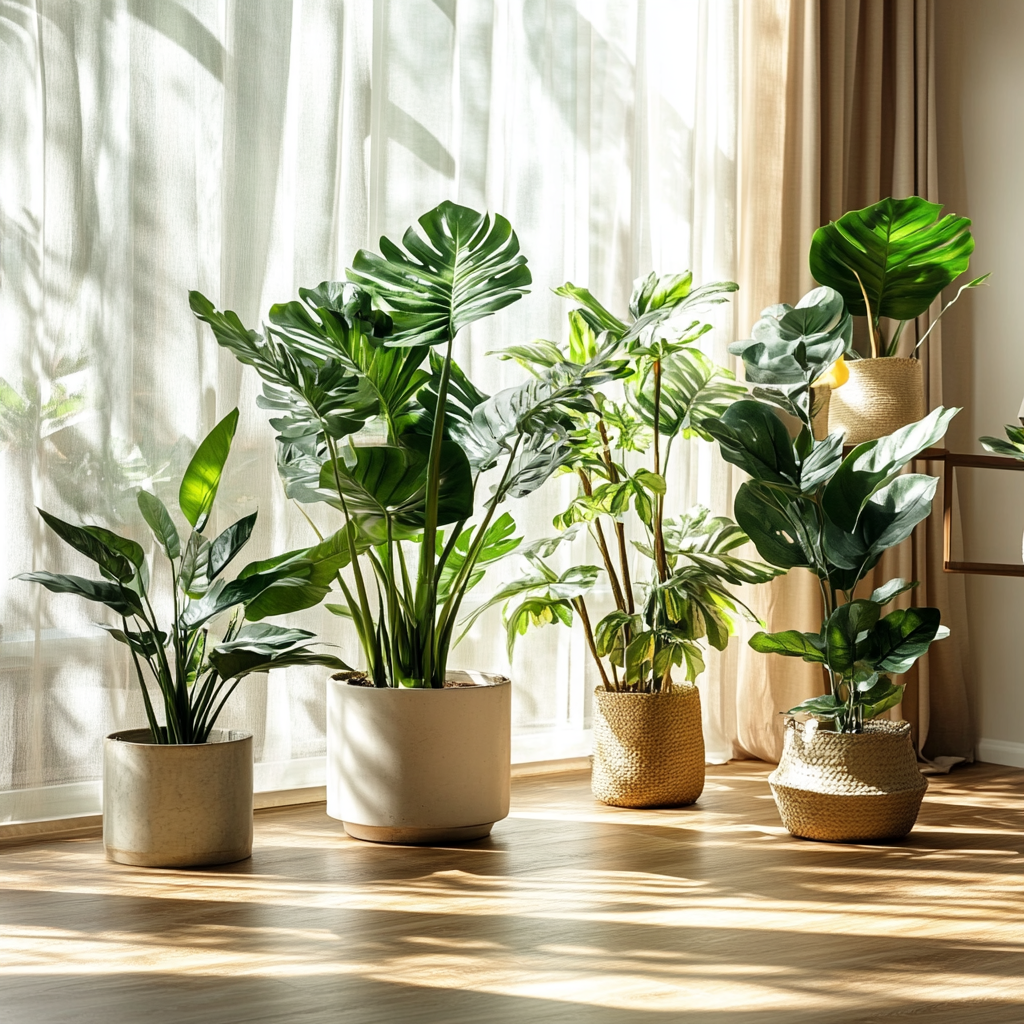Indoor plants bring life into any home, and plants with colored foliage raise the bar of your space. It is not just color vibrancy that they bring, but character and charm to your indoor space. While flowers may bloom only for a little time, these colorful foliage plants remain present most of the year. Here we give you 10 Indoor Plants with Colorful Foliage to Enrich Your Home Decor Naturally.
1. Calathea
This plant is called the very popular for its striking leaves and colorations. Bearing large leaves with bold stripes, this beauty makes for quite the showpiece of indoor spaces. You can find dark green hues with purple undertones or pink undertones so that each plant seems a work of living art.
Care Tips:
- Light: Calatheas love low to medium indirect light.
- Water: Keep the soil moist but never waterlogged. Spray the leaves regularly for their moistness.
- Humidity: High humidity keeps the colors of the leaves vibrant. A humidifier does better in dry months.
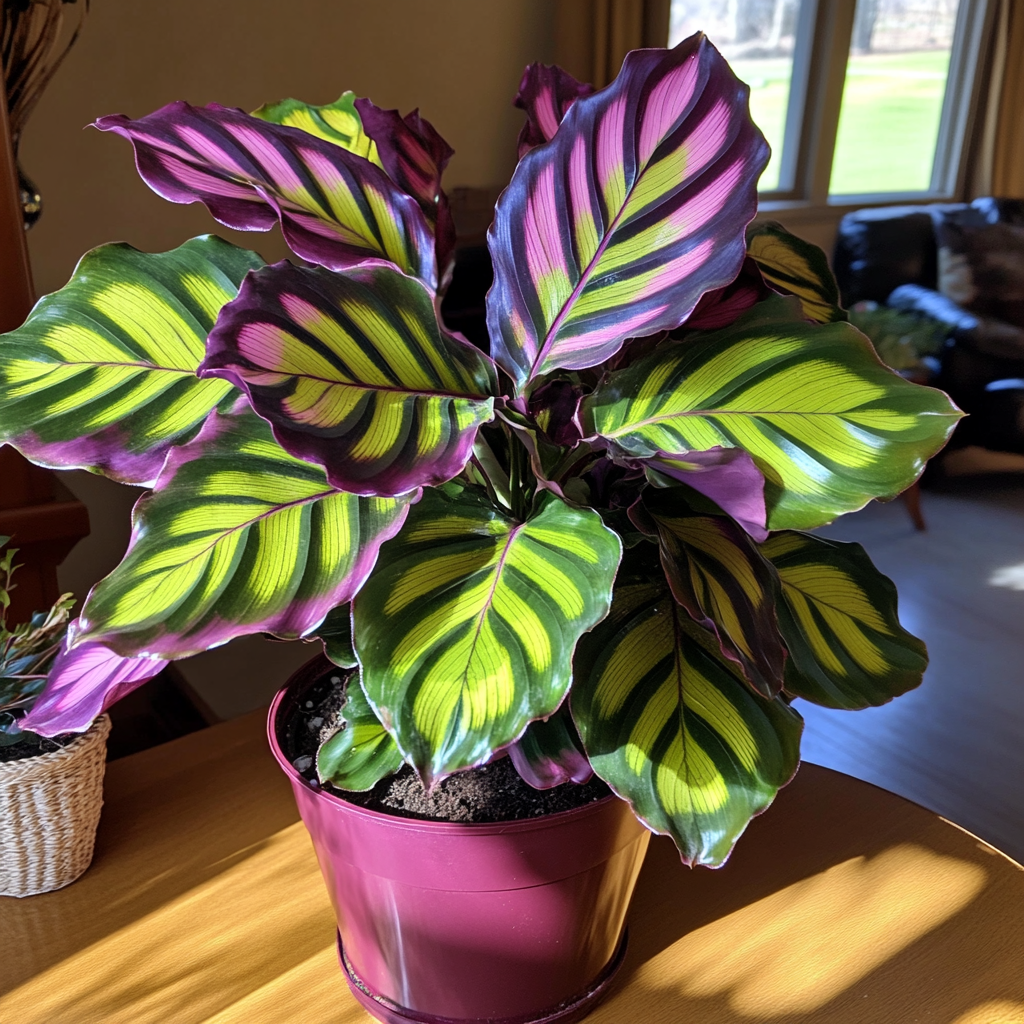
2. Croton
The Croton plant stands out for its vibrant and striking foliage. This plant also has showcasing bold shades of red, orange, yellow, and green foliage . These colors create a dramatic contrast, which makes them a perfect choice for adding English.
Care Tips:
- Light: It requires bright indirect sunlight for colors to remain vibrant.
- Water: Water when the top inch of the soil feels dry. Avoid overwatering because they are apt to rot.
- Humidity: They love being humid, so misting or using a humidity tray will help.
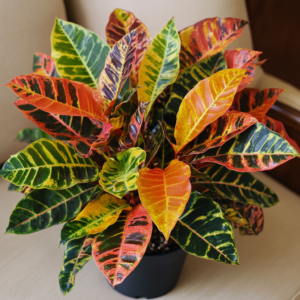
3. Nerve Plant
Fittonia are tender-leaved plants with veins in colored shades of white, pink, and red. Their low-growing nature makes them great for smaller indoor plants.
Care Tips:
- Light: Best in low to medium light.
- Water: Allow the soil to be moist, not soaked. They tend to wet if they dry out.
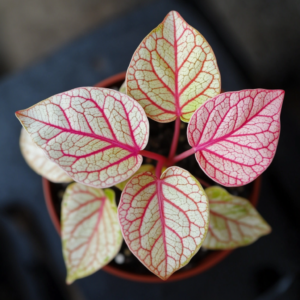
4. Polka Dot Plant
The leaves of the Polka Dot plants have fun and playful pink, white, or red spots dotted on them that brighten up your indoor plant. Their compact nature allows them to remain on tabletops or shelves.
Care Tips:
- Lighting: They thrive well in bright, indirect light but can do well in low light, though the colors will fade.
- Water: Water is applied when the top layer of soil feels dry. Keep the soil slightly moist for the best growth.
- Humidity: High humidity is preferred. Hence, regular misting is recommended.

5. Begonia Rex
Begonia rex is one of the most loved for its multicolored leaves. The colors very common on them include green, red, purple, and silver. A number of varieties with metallic shine create an extra signature of elegance.
Care Tips:
- Light: They do great in bright, indirect light, as direct sunlight burns the leaves.
- Water: Water is applied when the top inch of soil is dried, but make sure it is well drained.
- Soil: Use well-draining potting soil; no water should collect around the roots.
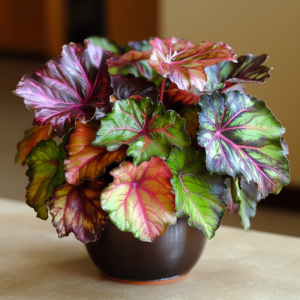
6. Ti Plant (Good Luck Plant)
The Ti Plant brings a beautiful touch to any indoor space because of its stunning foliage ranging in shades from deep purple and vibrant pink to lush green. Its tall, dramatic leaves make it a fantastic choice for your indoor garden.
Care Tips:
- Light: They are comfortable for bright, indirect sunlight. It may tolerate some direct sun.
- Water: You should water this plant when the top inch of soil feels dry, but never let it dry out completely.
- Soil: A well-draining potting mix will prevent root rot and keep the plant healthy.
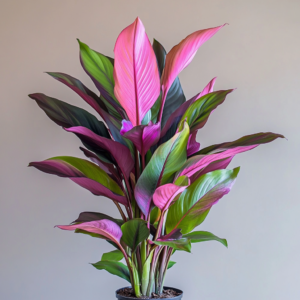
7. Peperomia
Peperomias are small, low-maintenance plants with an incredible variety of leaf patterns and colors. Whether you choose the watermelon peperomia with its silver and green stripes or the red-edged peperomia, these plants add interest to any indoor space.
Care Tips:
- Light: They do well in low to medium light but can tolerate bright, indirect light.
- Water: Allow the soil to dry between waterings to avoid overwatering.
- Soil: A good mix of well-draining potting soil will avoid sogginess.
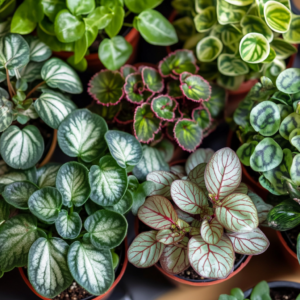
8. Painted-Leaf Begonia
The Painted-Leaf Begonia bears iridescent leaves that glimmer through shades of green, silver, and red. If you want to make your plant collection a bit more classy, this begonia variety is the one for you.
Care Tips:
- Light: It requires bright, indirect light for its colors.
- Water: Allow the soil to be moist but not sit in water.
- Humidity: High humidity prevents browning at the leaf edges.
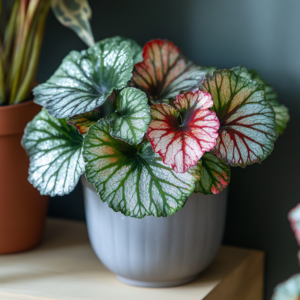
9. Tradescantia Zebrina (Wandering Jew)
Tradescantia zebrina is one of those plants with striped leaves in purple, green, and silver, making it perfect for hanging baskets or cascading shelf plants. Their striking colors contrast well, making them a favorite among indoor gardeners.
Care Tips:
- Light: It is a plant that requires bright, indirect light, although it can take low light and will keep its colors.
- Water: Water only when the top inch of soil is dry. Avoid overwatering.
- Propagation: It is an easy plant to propagate. You can propagate by cutting stems and putting them in water or directly into the ground.
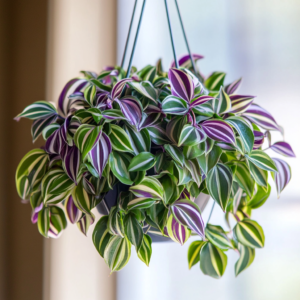
10. Purple Shamrock (Oxalis triangularis)
One of the stars is the Purple Shamrock for its triangular leaves in purple color. With its vibrant coloration and tender-looking appearance, it is one of the plants that stand out in indoor gardens.
Care Tips:
- Light: It needs bright indirect light to maintain its deep purple color.
- Water: When the top layer of soil feels dry, that’s the time it needs to be watered. During its dormancy, reduce watering.
- Propagation: Divide using its bulb-like roots, called tubers.
